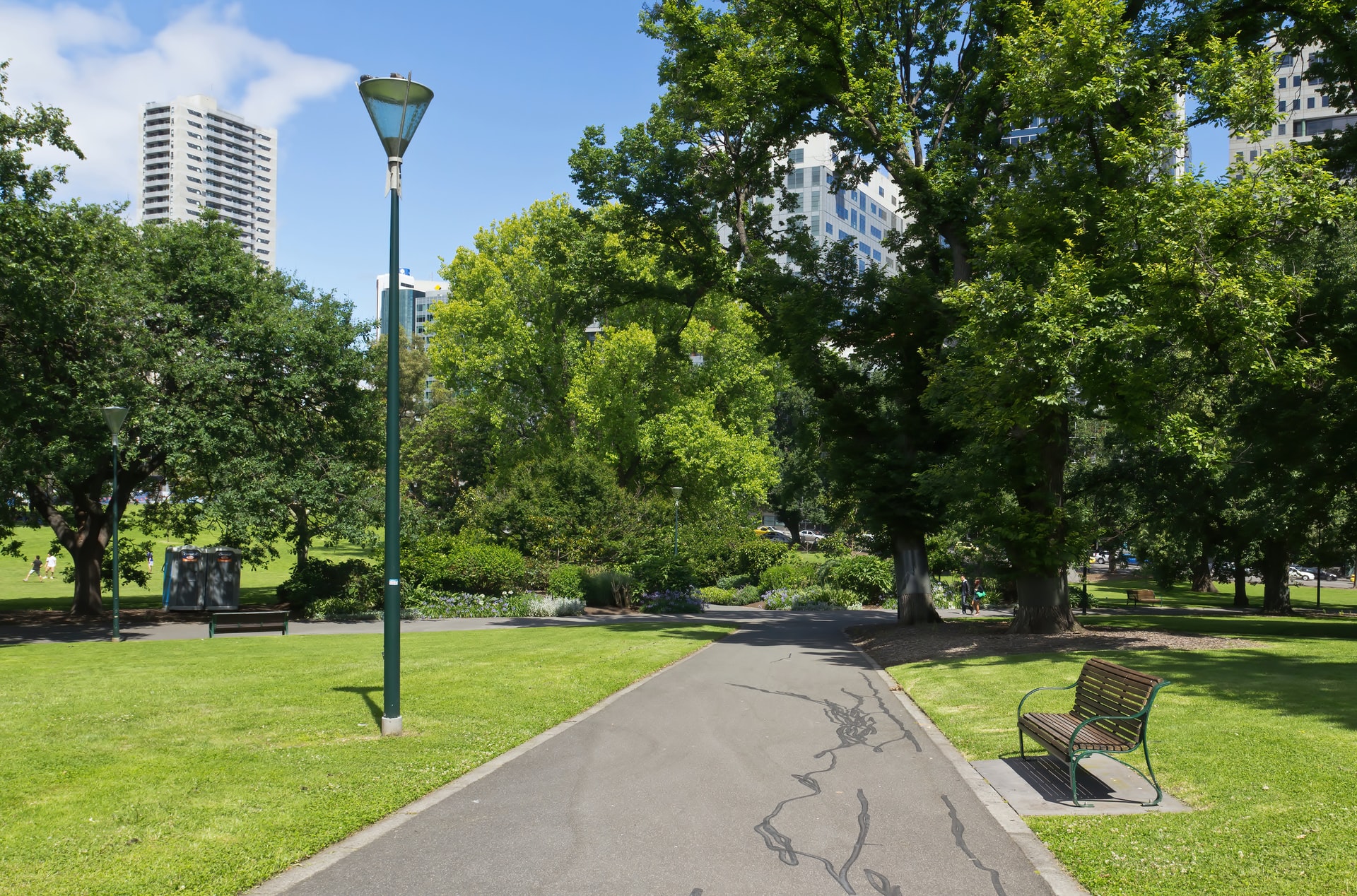
Urban greening and climate change
Australia’s population is highly urbanised and increasingly coastal. As climate change impacts increase, Australia’s urban population will be progressively more exposed to many of these impacts, including sea level rise, urban heat, more intense storms and rainfall events, bushfires and drought. These complex challenges and impacts require a wide suite of responses, in addition to the necessary climate change mitigation actions that cities must undertake. Urban greening can make a significant contribution to climate change action in cities, as well as contributing to a range of other valuable functions, benefits and services. For example, vegetation is one of the most effective means to address urban heat, therefore contributing to both adaptation and mitigation efforts (the latter through a reduced use of artificial cooling). There is increasing recognition of the interlinkages between addressing both climate change and biodiversity ‘emergencies’. This seminar explores urban greening implementation and policy approaches, before highlighting current research examining the integration of climate change action across the built environment.
Judy's sources for this presentation include:
- Bush, J. 2020. The role of local government greening policies in the transition towards nature-based cities. Environmental Innovation and Societal Transitions, 35, 35-44. https://doi.org/10.1016/j.eist.2020.01.015
- Bush, J., Ashley, G., Foster, B. & Hall, G. 2021. Integrating green infrastructure into urban planning: developing Melbourne’s Green Factor Tool. Urban Planning, 6. https://doi.org/10.17645/up.v6i1.3515
- Bush, J. & Doyon, A. 2019. Building urban resilience with nature-based solutions: how can urban planning contribute? Cities, 95, 102483. https://doi.org/10.1016/j.cities.2019.102483
- Hürlimann, A. C., Warren-Myers, G., Nielsen, J., Moosavi, S., Bush, J. & March, A. 2021. Towards the transformation of cities: a built environment process map to identify the role of key sectors and actors in producing the built environment across life stages. Cities, 103454. https://doi.org/10.1016/j.cities.2021.103454
- Parris, K. M., Barrett, B. S., Stanley, H. M. & Hurley, J. (eds.) 2020. Cities for people and nature, Melbourne: Clean Air and Urban Landscapes Hub. https://nespurban.edu.au/wp-content/uploads/2020/11/Cities-for-People-and-Nature.pdf

This event has been organised with the financial support of the European Union’s Partnership Instrument. The opinions expressed are the sole responsibility of the speakers and do not necessarily reflect the views of the European Union.
Dr Judy Bush is a lecturer in urban planning in the Faculty of Architecture, Building and Planning. She is a member of the research team on the ARC Discovery Grant DP200101378 ‘Integrating climate change mitigation and adaptation in built environments’. Her research focuses on urban environmental policy and governance, including governance and policy approaches for nature-based solutions, biodiversity, urban ecology and climate change perspectives.

